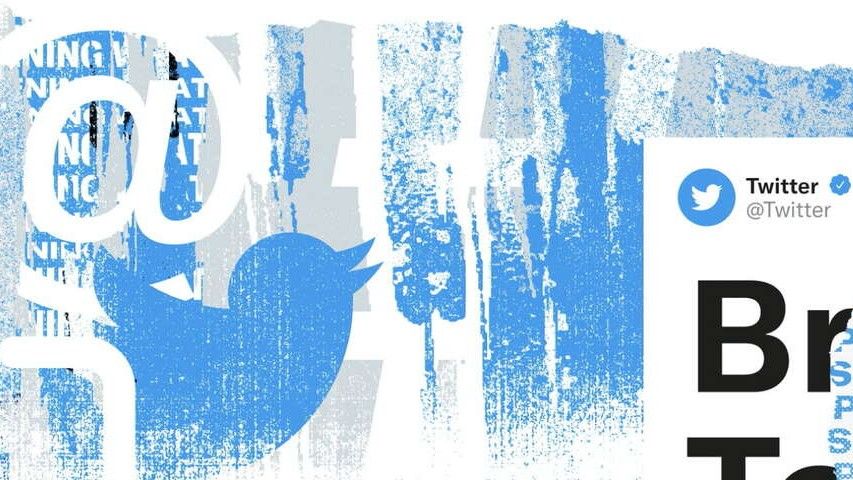How to Detect a Man-Made Biothreat

A new, highly transmissible strain of influenza emerges. A pesticide-resistant insect decimates huge swaths of crops. A patient winds up in the emergency room with a bacterial strain that doesn’t respond to any available antibiotics. Any of these scenarios could happen due to natural evolutionary changes among pathogens or pests. But as genetic engineering gets cheaper and easier, it’s becoming increasingly plausible that they might one day be the product of deliberate manipulation.
To guard against these potential threats, the US government is funding the development of tests to detect dangerous bioengineered organisms before they have a chance to cause significant harm. The effort was announced in 2017 by the Intelligence Advanced Research Projects Activity, or Iarpa, within the Office of the Director of National Intelligence. In a livestreamed update in October, Iarpa program manager David Markowitz announced that two platforms developed under the program were both 70 percent accurate at identifying the presence of bioengineering. “We simply never know what sample is going to come through the door in a government lab, and we need to be prepared for anything,” Markowitz said during the news briefing.
One of the platforms, created by the nonprofit Draper, based in Cambridge, Massachusetts, is a rapid, handheld testing device that uses a thumbnail-sized chip to detect engineered genetic material. The other is software developed by Boston biotech company Ginkgo Bioworks that uses machine learning to identify engineering in genomic data generated from sample organisms. (The companies haven’t yet published their results in a peer-reviewed journal, and their platforms are still in development.)
Crops and animal feed are already widely screened to determine the presence of genetic traits that can’t be found in nature or created through conventional breeding. Scientists use a test called PCR, or polymerase chain reaction, to identify whether bioengineered DNA is present and in what amount. When it comes to food labeling, scientists usually know what genetic change they’re looking for. But no general-purpose tool exists for detecting engineered genetic material in bacteria, viruses, or other organisms that could appear in any context.
Until now, detecting the presence of bioengineering relied on manual analysis, which is labor-intensive and slow. Through a process called sequencing, researchers can generate a readout of an organism’s entire genetic code: a series of As, Cs, Gs, and Ts, or bases, which make up the building blocks of life. Every microbe, plant, animal, and human has a unique configuration of these letters.
To determine whether an organism’s genetic code has been tinkered with, scientists need to know what its genome—and those of its close relatives—normally look like. Then they can search for areas that look out of the ordinary.
DNA can be manipulated through at least a half dozen processes. A conventional method involves adding a gene from one species to another—usually for bioengineering crops. Chunks of DNA can also be moved from one part of an organism’s genome to another part, a type of change called a translocation. Crispr gene editing, which is being explored as a way to treat diseases in people, and to improve plants and animals bred for human consumption, can delete chunks of DNA. Older editing techniques, such as zinc finger nucleases and Talens, have also been used for these purposes but haven’t been as successful as Crispr.
Any of these processes may leave behind signatures of bioengineering. For example, scientists can tell if a gene has been added or moved by comparing that organism’s genome to a reference sample. When using Crispr, deletions sometimes turn up in other parts of the genome that look like the targeted section, but aren’t. Talens and zinc finger nucleases also have a tendency to produce these “off-target” effects. The deliberate use of radiation can also produce traceable DNA mutations.
Share this news on your Fb,Twitter and Whatsapp
NY Press News:Latest News Headlines
NY Press News||Health||New York||USA News||Technology||World News





